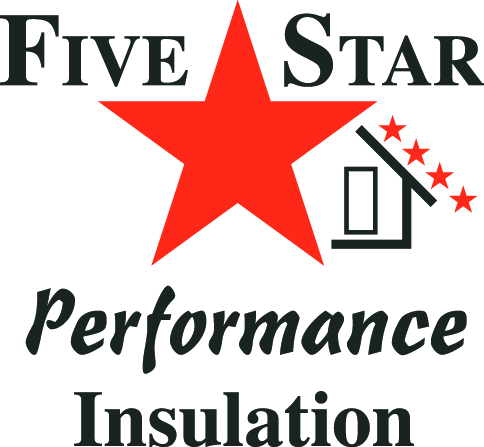Home insulation has now become a joint undertaking for most homeowners in the country. It is a welcome technology that helps save on energy bills, improve the value of the home, and reduce the carbon footprint. However, as trends have shown, the majority of homeowners don’t know where to insulate. If you’re considering protecting your home, you should consider the best home insulation installation areas.
1. Roof and Loft
The roof and loft are the first areas that you should consider. Insulating your attic is crucial since it will significantly decrease heat loss through the ceiling. This will, in turn, play a big part in reducing your energy bills. It’s also imperative to insulate the exterior of your home, especially on top of shingles or around the chimney. This will help reduce the chance of heat loss and make your home more energy-efficient.
2. The Attic Access Door
Another area that you should consider insulating is the attic access door. Most homeowners forget about this area due to its small size. However, if it isn’t adequately insulated, it will significantly contribute to energy bills and can also lead to heat loss through the ceiling and the walls of your home.
3. Basement Ceiling
For most homes, the basement is one of the most unused areas. However, this doesn’t mean that you shouldn’t insulate it. If your basement isn’t properly insulated, it can lead to significant energy loss. In addition, basement ceilings are usually made of concrete, an excellent conductor of heat. As a result, if your basement isn’t properly insulated, heat will easily escape through the ceiling and into the rest of your home.
4. Windows and Doors
Another area that you should consider insulating is your windows and doors. Windows are one of the most significant sources of heat loss in any home. According to the United States Department of Energy, windows contribute up to 30 percent of the total heat loss in homes. So, if you want to save money on your energy bill and make your home more comfortable, you should consider insulating your windows.
5. Exterior Walls
Another area that you should consider insulating is your exterior walls. This is very important if you live in an older home. Older homes tend to have a lot of heat loss through the walls, leading to high energy bills. By insulating your exterior walls, you’ll be able to significantly reduce heat loss and have a more comfortable and energy-efficient home.
6. Insulate Your Floors
Another area that you should consider insulating is your floors and ducts. Whether you’re installing hardwood or carpet flooring, it’s crucial to have proper insulation under the material. This will help keep heat in your home, but it will also make your floor last longer by reducing moisture damage. In addition, if you have ductwork in your home, it’s also essential to make sure that it’s adequately insulated. Again, this will help reduce heat loss and improve the efficiency of your heating and cooling system.
Conclusion
Insulating your home is one of the most important things you can do to improve its value, reduce energy bills and make it more comfortable. However, it is imperative to work with professionals to get maximum insulation benefits. Contact 5 Star Performance Insulation, Inc. in Sacramento, CA.
